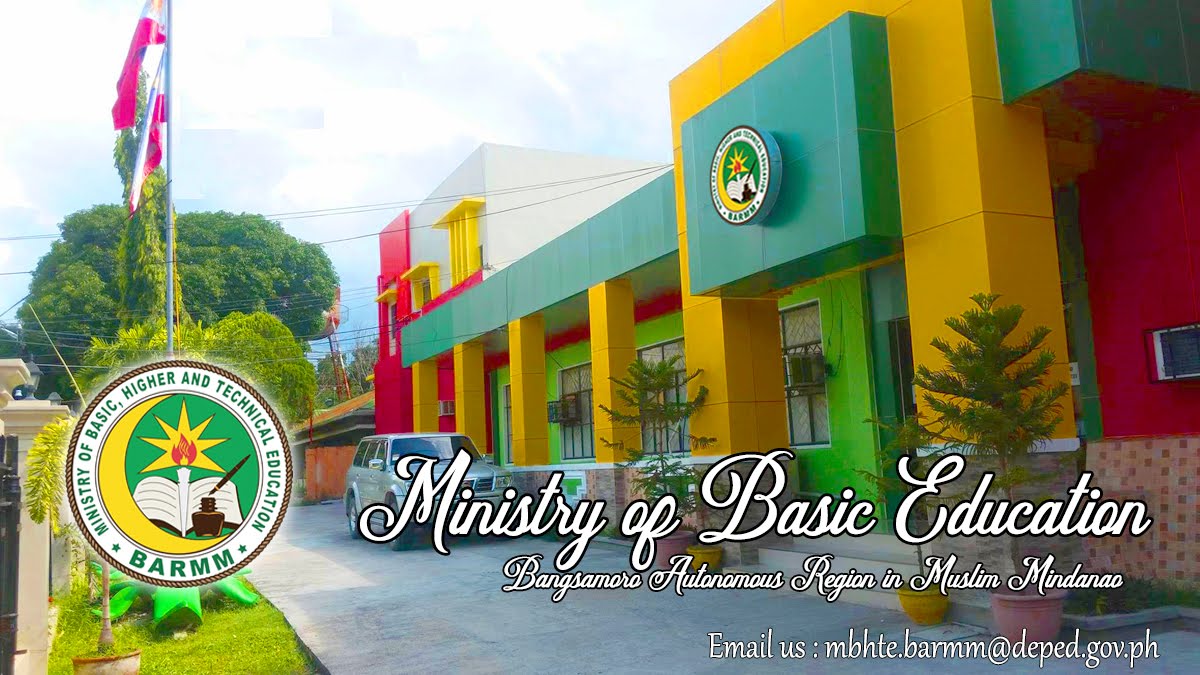Schools refer to the number of
schools according to the level of education it offers. For
instance, a school which offers both
elementary and secondary levels is counted as one elementary and one secondary school.
Enrollment is the actual count of
the total number of pupils/students who have registered as of August 31 in a given school year.
Teachers refer to the number of
teachers holding position titles of Master Teachers I-II and Teachers
IIII.
Performance Indicators refer to
the several key indicators that can be computed and utilized for evaluating the educational system’s
performance at various levels.
Participation Rate the ratio
between the enrolment in the school-age range to the total population of that age range.
Gross Enrolment Ratio refers to
the total enrolment in a given level of education as a percentage of the population which according to
national regulations should be enrolled at this level. It is a measure of the “capacity” of a
region’s elementary and secondary schools.
Cohort Survival Rate is the
proportion of enrolees at the beginning grade or year who reach the final grade or year at the end of the
required number of years of study.
Completion Rate is the percentage
of first year entrants in a level of education who complete/finish the level in accordance with the
required number of years of study.
Dropout Rate is the proportion of
pupils/students who leave school during the year as well as those who complete the grade/year level
but fail to enrol in the next grade/year level the following school year to the total number of
pupils/students enrolled during the previous school year.
Transition Rate (from primary level to intermediate level,
Grade IV to Grade V; elementary to secondary) is the percentage of
pupils who graduate from one level of education and move on to the next higher level.
Achievement Rate refers to the
degree of performance in different subject areas in various levels of
education.
National Elementary Assessment
Test (NEAT) is the national examination which aims to measure learning outcomes in the
elementary level in response to the need of enhancing quality education as recommended by the
Congressional Commission on Education.
It is designed to assess abilities and skills of
Grade VI pupils in all public and private elementary schools.
National Secondary Assessment Test
(NSAT) is the national examination which
aims to assess abilities and skills of Fourth
(4th) year high school students in
all public and private secondary schools.
Mean Percentage Score (MPS)
indicates the ratio between the number of correctly answered items and the total number of test
questions or the percentage of correctly answered items in a test. Teacher-Pupil/Student Ratio is
the proportion of the enrolment at a certain level of education in a given school year to the number of authorized nationally
paid positions for teachers at the same level in the same school year.
_________________________________________________________
_________________________________________________________
What is Enhanced Basic Education Information System (EBEIS)?
Source (http://ebeis.deped.gov.ph/beis/login#)
The Basic Education Information System (BEIS) maintains a database of education statistics, sector performance indicators and profile of public and private schools, learning centers and other education service providers. It is a web-based system designed to enhance information management at all levels of the education system (school, division, region and national levels) through streamlined processes and use of information and communication technologies.
It aims to deliver relevant and accurate information to school heads, education managers, policy makers and various stakeholders of the education system.
The BEIS aims to achieve the following objectives:
Source (http://ebeis.deped.gov.ph/beis/login#)
The Basic Education Information System (BEIS) maintains a database of education statistics, sector performance indicators and profile of public and private schools, learning centers and other education service providers. It is a web-based system designed to enhance information management at all levels of the education system (school, division, region and national levels) through streamlined processes and use of information and communication technologies.
It aims to deliver relevant and accurate information to school heads, education managers, policy makers and various stakeholders of the education system.
The BEIS aims to achieve the following objectives:
- Improve the collection of data from the schools and field offices and efficiently render delivery of data/information to various stakeholders.
- Support information requirements for planning, quality assurance, monitoring & evaluation and other decision-making activities at all levels of the education system.
- Provide a venue for sharing, using and reusing knowledge within DepED through improving access to data/information.
